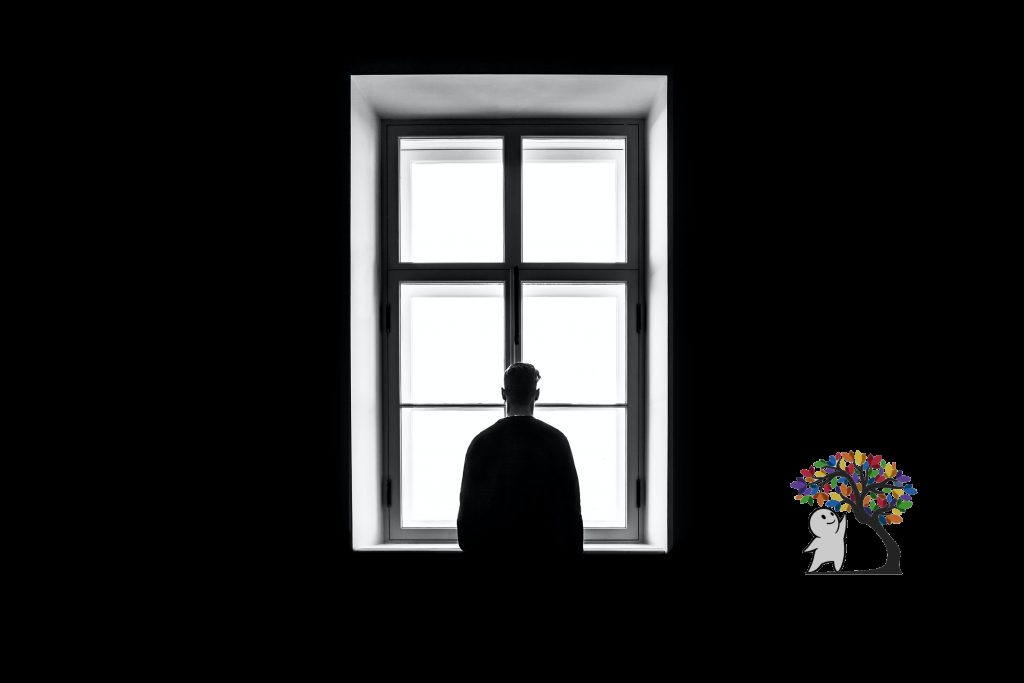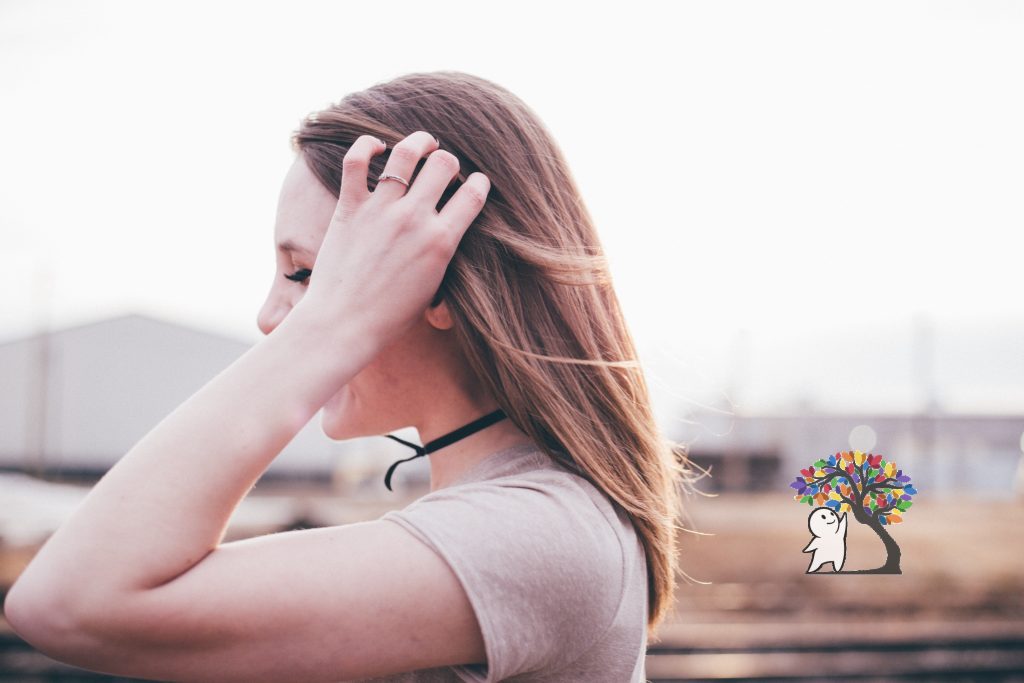12 frightening facts about fear and phobias you might not know
The ability to experience fear has been hard-wired into (almost) all of our brains, so (almost) all of us will have experienced fear at least a few times in our lives. What do we really know about it? What do adolescents fear most? Can the most common fears differ between age groups? What is the nocebo effect? How can virtual reality technology be used to treat PTSD or phobias?
Read on to find out!
1 . An persistent, irrational fear is called…
…a phobia. The subjects of phobia aren’t always something you’d expect people to be extremely afraid of.
2. Bees?
Some phobias include pogonophobia (fear of beards), apiphobia (fear of bees), bromidrosiphobia (fear of giving off a body odour), taphephobia (fear of being buried alive), aluirophobia (fear of cats), oneirophobia (fear of dreams), emetophobia (fear of vomiting), thalassophobia (fear of the sea) and helminthophobia (fear of worms).
happens when we encounter a situation that we perceive as dangerous or threatening. When such a situation arises our brains quickly decide to either confront the threat and deal with it, or avoid the threat and flee, which is also called our fight-or-flight response. In some (extreme) cases, it might even lead to a ‘freeze’ response, a fear-paralysis.
4.What do adolescents fear most?
In an open-ended poll (USA), adolescents between 13 and 18 years of age were asked what they feared most. The 10 most given answers were: terrorist attacks, spiders, death, being a failure, war, criminal or gang violence, being alone, the future, and nuclear war.
5. Fear of …
In another quest to find out what people feared most author Bill Tancer (2008) analyzed the most frequent online queries with the phrase “fear of…”. The top ten most searched for fears included: flying, heights, clowns, intimacy, death, rejection, people, snakes, failure, and driving.
6. And also…
Other surveys reported other common fears such as fear of spiders, cockroaches, water, enclosed spaces, tunnels, bridges, needles, social rejection, examination, and public speaking.
7. Fears can be learned
It is possible to make an animal or a person fear something, often by association. This process of fear-learning is called conditioning, though conditioning can also be used for other (more positive) purposes too (Pavlov’s dog experiment for example).
8. Placebo/Nocebo
You might have heard of the placebo effect, which is people experiencing positive results from (perhaps non-effective medicine) because they expect them. On the other side is the nocebo effect, which is experiencing negative effects because you expect or fear them.
9. Fear is contagious
If you see other people with fearful expressions, chances are you’ll start to feel nervous too. Humans are social animals, and live in groups or communities. If there is something threatening the group and one person expresses fear it would be beneficial if everyone was brought into a more alert state, as it would increase the chance of survival of the group. Fear is such a deeply rooted emotion that just seeing someone who is scared immediately arouses our brain. Chances are that just seeing all the gifs in this article might have slightly increased your adrenaline production already.
10. Common fears change with age groups.
In early childhood separation anxiety and fear of strangers are common. In the period after that fears of specific objects and scenarios are common (animals, thunderstorms). During adolescence most fears revolve around social situations and in adulthood fears are often more abstract, for example “failure”.
11. Virtual reality can be used to treat fear and/or anxiety disorders
For people who have truly extreme fear responses, so extreme that normal exposure therapy is too much of a stretch, virtual reality therapy can be offered as a step to recovery. It can also be used in cases where ‘real’ exposure therapy would be unsafe, for example when treating PTSD in previously deployed soldiers (because sending them back to a warzone as treatment would be unethical). Another example would be virtual reality treatment for people with agoraphobia (fear of wide-open spaces and/or crowds), who could walk down a virtual street.
12. Do people with anxiety have extreme fear responses?
No, they don’t actually! You might expect people with PTSD, phobias or anxiety disorders to have exceptionally high responses to all fear inducing stimuli, but this is actually not the case. They have ‘normal’ or average responses to situations. What is different though, is that they experience a higher amount of fear when experiencing specific situations. For example, people with social anxiety experience fear in certain social situations where people without anxiety would not experience fear.
LEARN MORE:
3 research backed tips to make the best first impression
12 fascinating facts about your dreams and sleep you might not know

















Responses